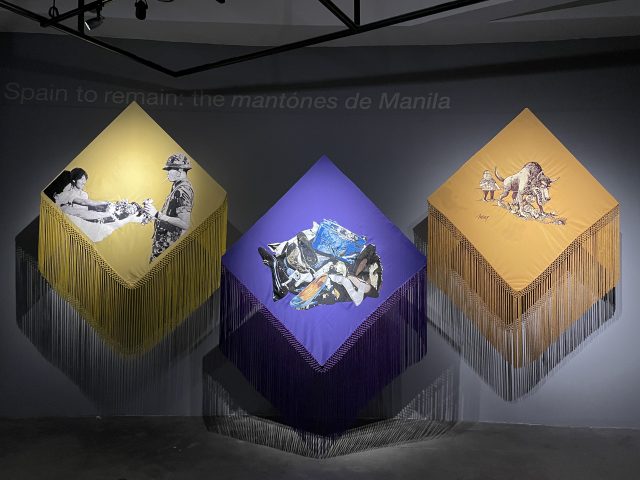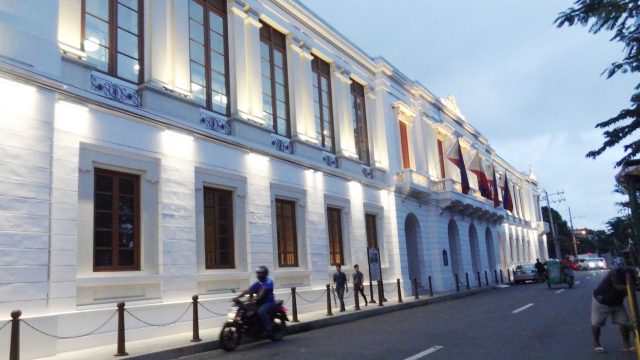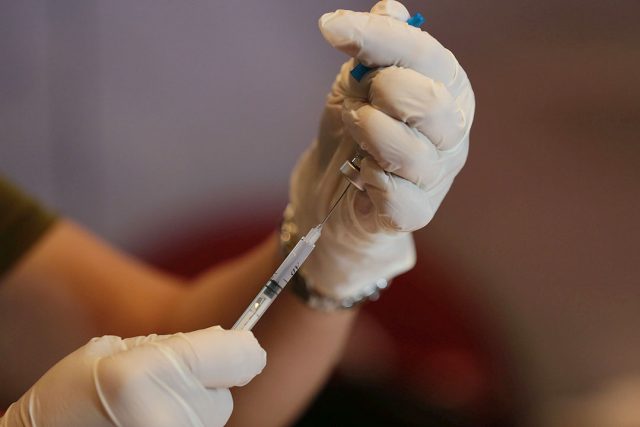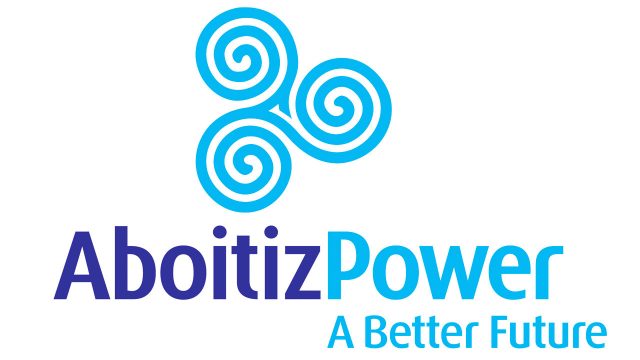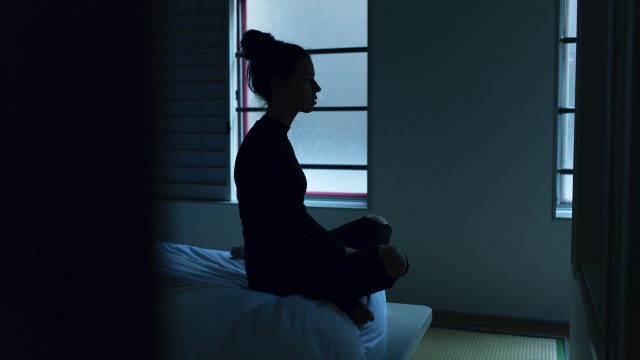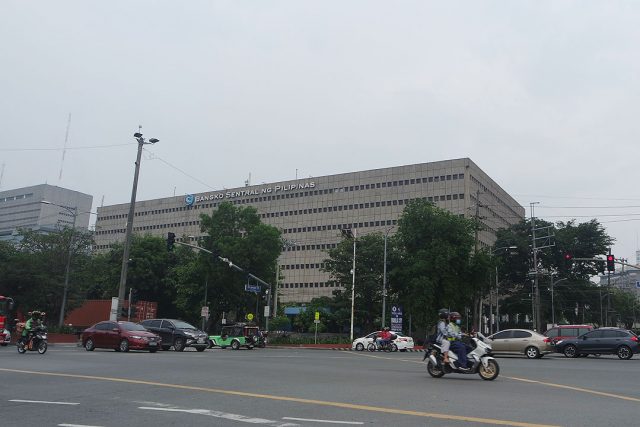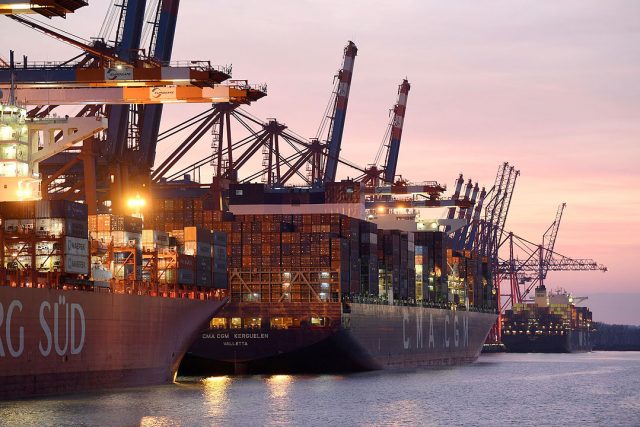EMBROIDERED shawls, botanical prints, and portraits of Filipinos on medallions — these are the objects around which revolves conceptual artist Antoni Muntadas’ first exhibition in Manila titled “Muntadas: Exercises on Past and Present Memories”.
The project is done in collaboration with the Ateneo Art Gallery (AAG) and Centro Andaluz de Arte Contemporáneo de Sevilla (CAAC), with support from the Embassy of Spain, Manila.
Antoni Muntadas (b. 1942) is considered a pioneer of multimedia installation and urban interventions. Over an art career spanning four decades, Mr. Muntadas develops projects through collaborative research to create site-specific works that resonate with local issues and experiences. His works have been exhibited at various institutions around the world including MoMA, the Musée d’Art Contemporain de Montreal, Museo Nacional Centro de Arte Reina Sofía (Madrid), Museo de Arte Moderno (Buenos Aires), and the Museu d’Art Contemporani de Barcelona. After 40 years of teaching at the Massachusetts Institute of Technology, he is currently a professor at the Instituto Universitario de Arquitectura del Veneto in Venice, Italy.
Mr. Muntadas first visited Manila in 2019 and his brief encounter with the city led him to further investigate the past and present of the Philippines.
The collaboration with the AAG and CAAC had been in the works since that first visit. Despite the gallery’s temporary closure during the coronavirus disease 2019 (COVID-19) lockdowns over the past two years, Mr. Muntadas and his collaborators in the research and design teams in Manila and Barcelona held regular monthly online meetings.
“Many artists today as historical agents have memory. In his practice, Mr. Muntadas seeks to connect social memory and intimate memory, political memory, and their existing memory… His investigations are drawn towards cultural and social conditions that are often marginalized or overlooked,” said Ateneo Art Gallery director Victoria “Boots” Herrera during the exhibition’s online launch on Jan. 12.
“Mr. Muntadas initiated the production of meanings for these objects and was very deliberate in making memories resonate with audiences in the Philippines and in Spain specifically,” she added.
Globality and transnationality are central themes of Mr. Muntadas’ works. For this exhibition, he presents three projects that translate memories and histories of the Philippines and Spain and their relevance to contemporary history.
The three projects focus on traded good, using as their framework the Manila-Acapulco Galleon trade in the 16th century.
Context for the three projects is supplied by archival photographs, and artifacts loaned from the Rizal Library of the Ateneo de Manila University and by the Intramuros Administration.
HISTORY ON SHAWLS
In the first section of the exhibit, Mr. Muntadas focuses on the mantón de Manila or “Manila shawl.”
The Mantones section features 15 shawls embroidered locally by artisans in Lumban, Laguna. Each shawl is woven with images of events in Philippine history, current events, and popular culture.
Filipino artist Manuel Ocampo also contributed his interpretation of the 1734 Murillo Velarde-Nicolás de la Cruz Bagay map. It depicts critical points in the country’s colonial history.
“The figures that are scattered around the Philippine archipelago and that [Mr. Ocampo] painted are all printed, which he got from different archival sources,” Ms. Herrera said. “It’s a very strong statement on how the Philippines has been influenced.”
Mr. Muntadas said that he and his collaborators researched Philippine history from the pre-colonial period to the present. They originally collected more than 60 images from archived materials and selected which to highlight and have embroidered on the shawls.
Ms. Herrera explained that it was the AAG’s senior curator, Joel De Leon, who identified the embroiderers from Lumban, Laguna who took part in the project. Images were printed in Manila then machine-embroidered by the artisans onto the shawls.
The events in Philippine history that are depicted on the shawls include The Battle in Mactan in 1521, an editorial cartoon on American atrocities published in 1902; the assassination of Ninoy Aquino in 1983; the EDSA People Power Revolution of 1986; and an editorial cartoon on the Duterte Administration’s war on drugs which was published in 2018.
INVASIVE PLANTS
The second section, called Malas Hierbas (bad plants or weeds), features a set of ceramic plates manufactured in Sevilla which bear botanical drawings of invasive plants from the Americas — alluding to the effect of colonization. The fifth edition of Fr. Manuel Blanco’s book, Flora de Filipinas, was used as a reference for the botanical drawings.
In his exhibition notes, Mr. Muntadas wrote: “…diverse plants traveled from Mexico to the Philippines in Manila galleons… they grew here having invasive effects, which is why they are now called malas hierbas…”
COMMEMORATING OFWS
The third section of the exhibit is the Portable Monuments to Emigrant Anonymous Workers, featuring 10 medallions manufactured in Seville on which are printed images of Filipinos living and working overseas.
Mr. Muntadas refers to the medallions as a representation of value, commemorating OFWs (overseas Filipino workers) as modern-day heroes, similar to how monuments of heroes or historical figures are built in public spaces. Through friends and colleagues familiar with Filipino communities in various cities around the world, Mr. Muntadas got in touch with his subjects.
“Immigration is a large subject for Filipinos. We got this large population of people, they need to leave the country to find another life to contribute to their families back home,” Mr. Muntadas said. “The medal represents the recognition or the labor of these people.”
“Muntadas: Exercises on Past and Present Memories” is on view at the third floor galleries of Ateneo Art Gallery until March 12. The exhibition will then travel to the Centro Andaluz de Arte Contemporáneo de Sevilla, Spain where it will be on view from March to August.
Onsite visits to the Ateneo Art Gallery will be accommodated soon. In the meantime, the exhibit is accessible online through a virtual tour and walk-through at https://ateneoartgallery.com/tours/muntadas-exercises-on-past-and-present-memories. For more information, visit www.ateneoartgallery.com. — Michelle Anne P. Soliman


